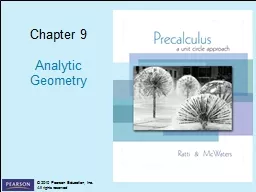PPT-Liang, Introduction to Java Programming, Tenth Edition, (c) 2015 Pearson Education, Inc.
Author : pasty-toler | Published Date : 2018-11-10
1 Extra B Trees CS1 Java Programming Colorado State University Slides by Wim Bohm and Russ Wakefield 2 Motivations Many times you want to minimize the disk accesses
Presentation Embed Code
Download Presentation
Download Presentation The PPT/PDF document "Liang, Introduction to Java Programming,..." is the property of its rightful owner. Permission is granted to download and print the materials on this website for personal, non-commercial use only, and to display it on your personal computer provided you do not modify the materials and that you retain all copyright notices contained in the materials. By downloading content from our website, you accept the terms of this agreement.
Liang, Introduction to Java Programming, Tenth Edition, (c) 2015 Pearson Education, Inc.: Transcript
Download Rules Of Document
"Liang, Introduction to Java Programming, Tenth Edition, (c) 2015 Pearson Education, Inc."The content belongs to its owner. You may download and print it for personal use, without modification, and keep all copyright notices. By downloading, you agree to these terms.
Related Documents














